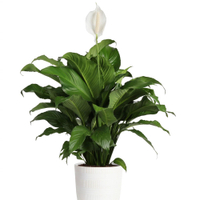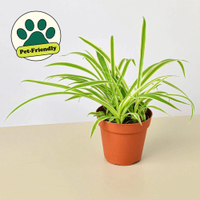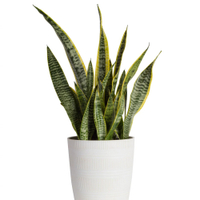These 6 houseplants can help prevent mold naturally, and look good while doing so
Control humidity in style with these mold-preventing houseplants
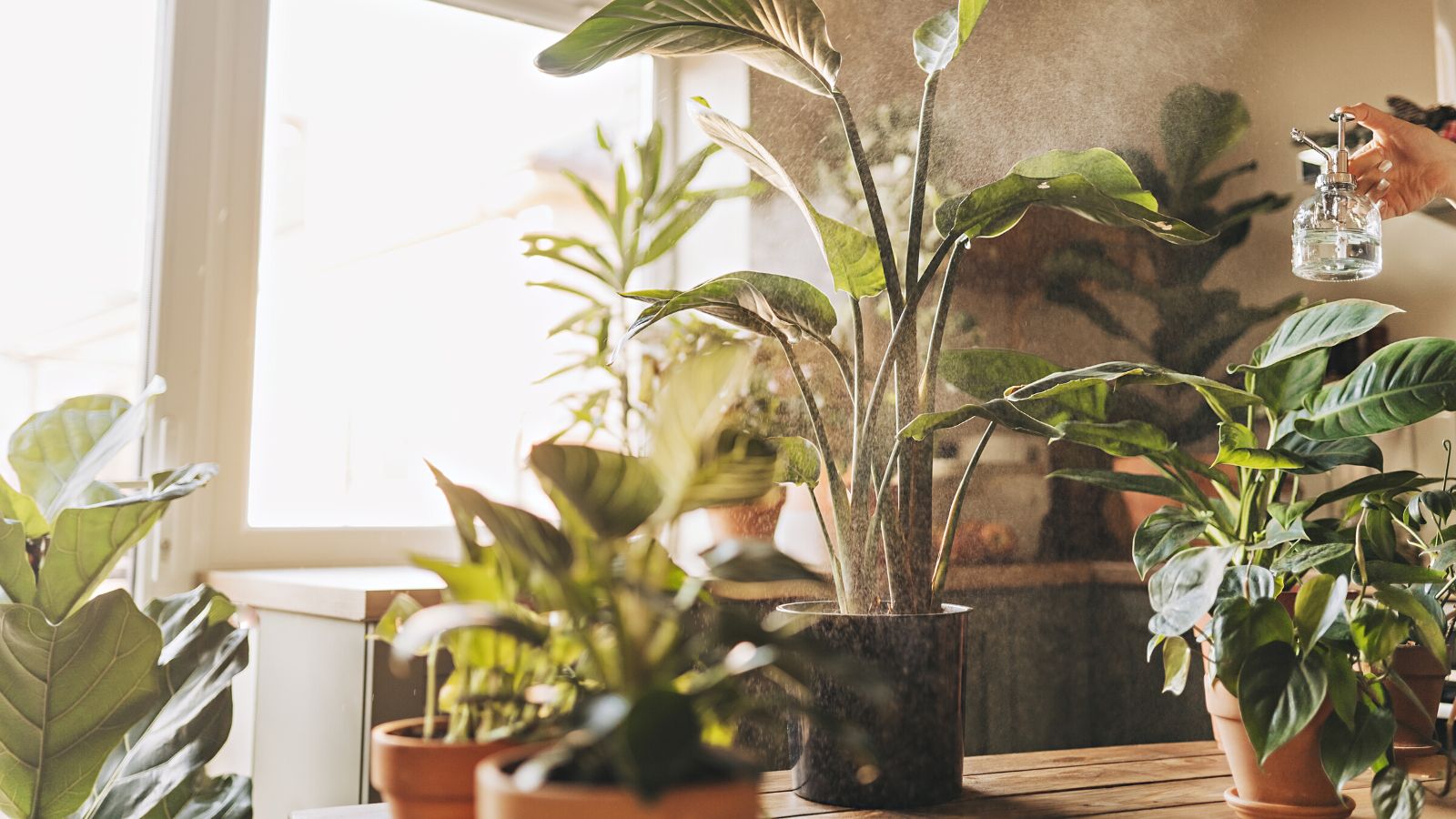

Trying to combat mold in a house is never glamorous, especially with bulky dehumidifiers getting in the way. As it turns out, however, some houseplants could be the very thing to make combating mold and damp a little more stylish, experts say.
While nothing quite beats the best dehumidifiers for removing moisture in the air quickly, picking the best indoor plants for high humidity can help to keep mold at bay in troublesome rooms such as bathrooms and kitchens
Here, experts explain which houseplants are best for preventing mold around the home, and why they work so well.
Plants that prevent mold
Although houseplants cannot get rid of black mold that has already formed, they can help to lower indoor humidity and prevent the damp spots from forming in the first place, explains Angela Slater, a gardening expert at Hayes Garden World. ‘Mold is caused by cool, damp temperatures in the home and can be unsightly, difficult to remove, and a danger to health, particularly if you are asthmatic,’ she explains.’ ‘If possible, raise the temperature and use a dehumidifier to remove excess moisture; however, there are a few houseplants that can help resolve the problem, depending upon how bad the mold infestation is.’
‘Places in the house which have a few selected houseplants have recorded a drop of between 40 to 60% fungal spores and bacteria. They reduce the humidity in a room which is the cause of mold by absorbing the moisture through their leaves.’
Here are the six best options for combating mold before it settles in your home.

Angela changed careers in her mid-forties after going back to university to study land management and conservation, becoming a plant expert after working in outdoor plant departments before transitioning into houseplants.
1. Peace Lily (Spathiphyllum)
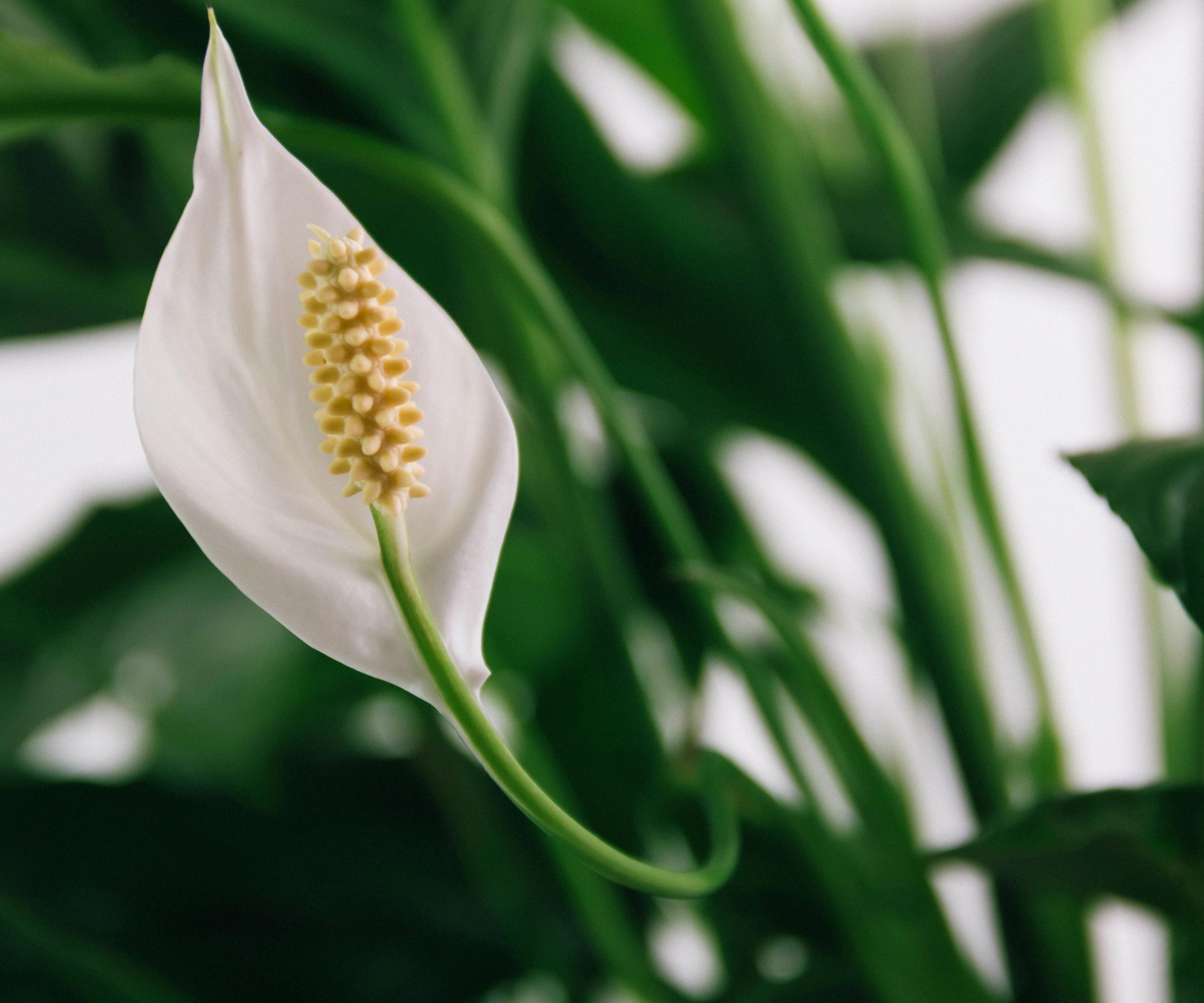
Peace Lilies are perfect low-maintenance houseplants that thrive in warm, humid environments such as bathrooms and kitchens as they absorb moisture in the air through their leaves. ‘The Peace Lily plant is available as a large specimen – the larger the plant, the more effective it will be at removing the mold!’ Angela explains. ‘The Peace Lily is also effective at removing airborne toxins and swapping carbon dioxide for life-giving oxygen. To care for it, keep it out of direct sunlight, and keep it just damp. You will know when it needs watering as the leaves will begin to droop.’
Despite their convenient role in lowering humidity, they are not ideal for homes with pets. ‘It’s important to note that they need to be kept away from pets as their leaves are toxic if ingested,’ Angela warns.
Peace Lily | $49.97 at Walmart
A houseplant classic, this is a favorite plant for homeowners looking for an easy-to-grow plant.
2. Palms
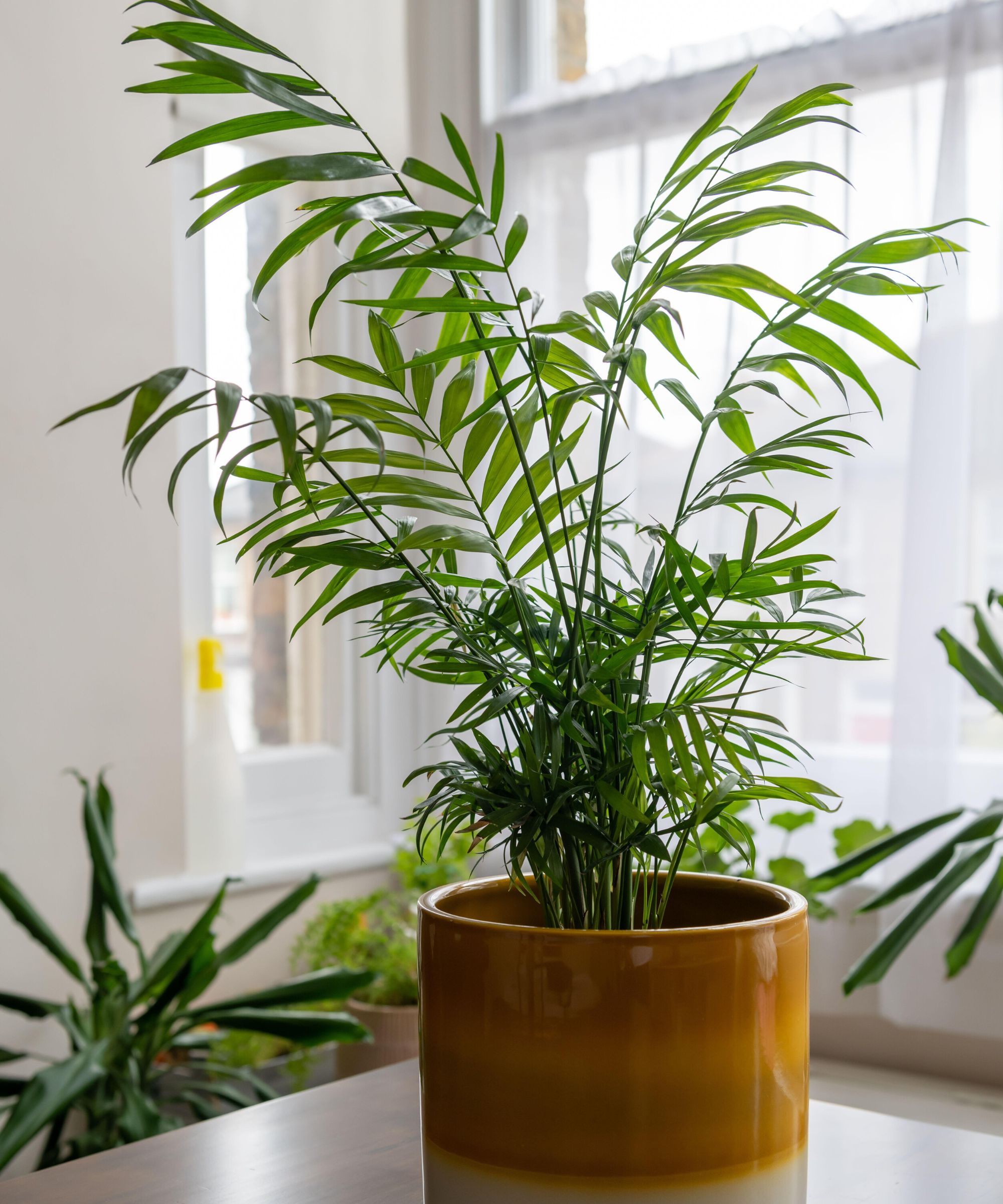
There are a variety of palms available that can help to remove moisture and prevent mold, Angela says. ‘Palms are some of the best air cleaning indoor plants available in your garden center and are effective at removing common causes of mold such as excess mixture, xylene, and formaldehyde through their leaves.’ Good types to look out for are Areca palms (also perfect cat-safe indoor plants), bamboo palms, lady palms, and reed palms.
‘They need a light, bright position in your home, but will tolerate a certain degree of dryness, so are ideal for beginners,’ Angela continues. ‘As a large specimen plant is more capable of removing a greater amount of moisture, these fit the bill perfectly as they normally come as a large plant.’
3. Spider Plants
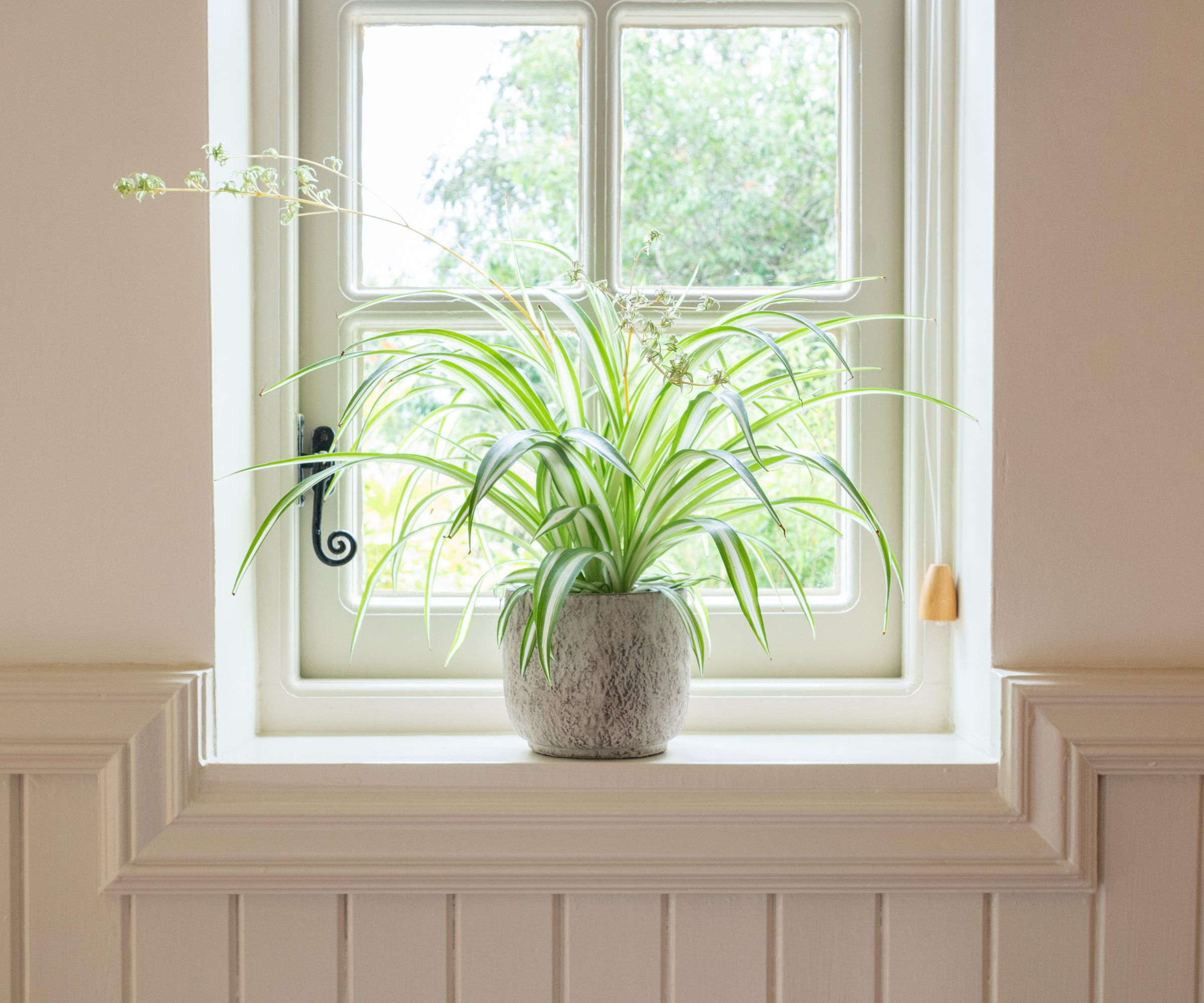
There are several spider plant benefits, but one of the most impressive is the plant's ability to purify the air around it.
‘This popular houseplant is simple to look after and hard to kill making it ideal even for those who are self-proclaimed plant killers,’ says Holly Crossley, writer, professional gardener, and house plant expert at Homes & Gardens. ‘These plants remove airborne toxins such as mold spores, as well as absorb excess humidity to rebalance your indoor air – perfect for homes that struggle with mold or dampness. What’s more, they are some of the easiest houseplants to grow from cuttings as they develop their own ‘spiderlings’, so it is simple to grow your own collection and group them together to improve their effectiveness,’ she adds.
Even better, spider plants are some of the best pet-safe indoor plants for your home, making them ideal for homes with fur babies.

Holly is a former allotment keeper and professional gardener. She now spends her time tending to her many houseplants and writing about gardens and outdoor living for Homes & Gardens.
Spider Plant | $22.99 at Walmart
Known for their air purifying qualities, the spider plant is a great companion to any household.
4. Snake Plant (Dracaena trifasciata)
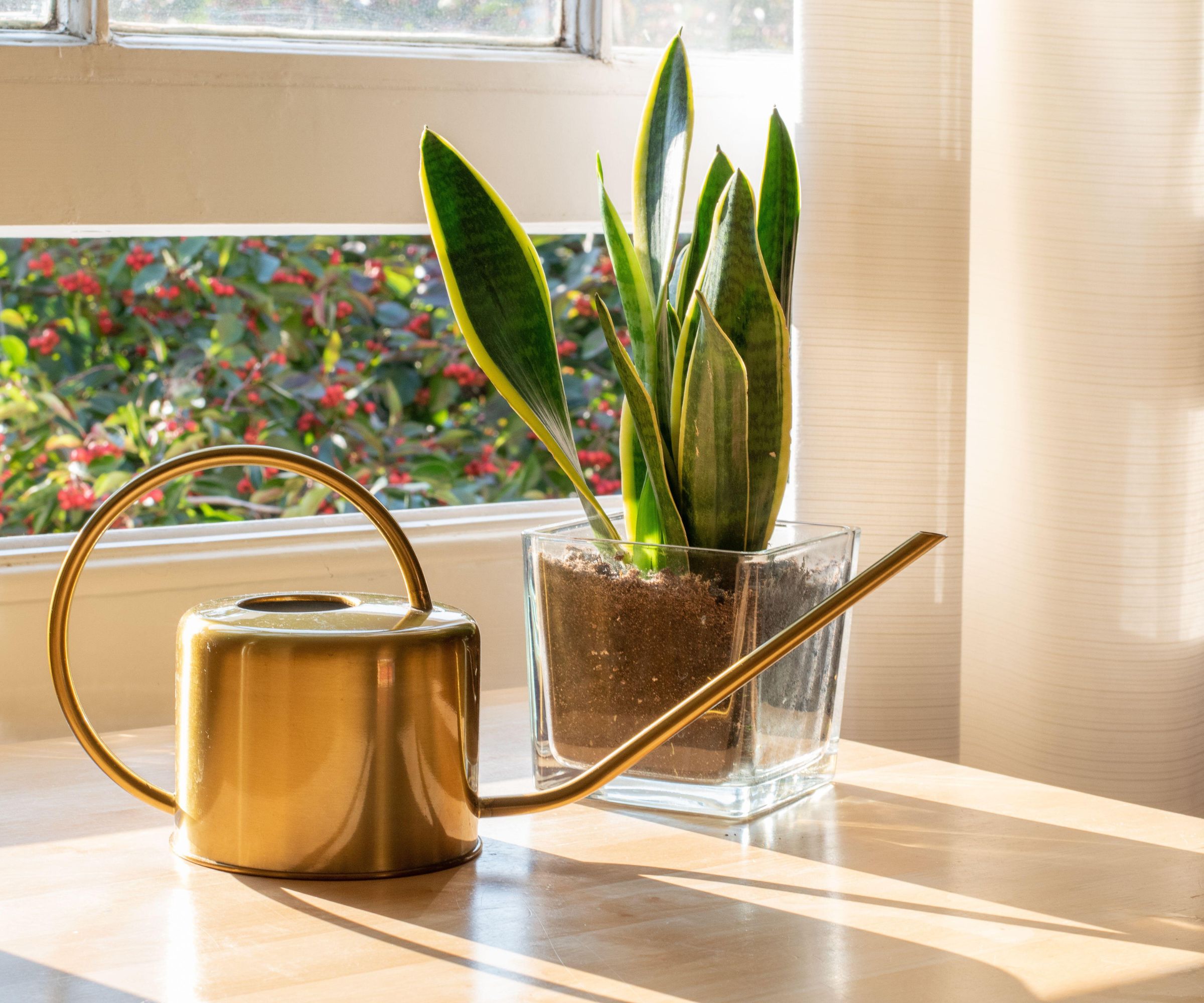
Snake plants are one of the easiest indoor plants to care for, thriving on a little neglect, making them ideal for beginners, Angela says. Growing best in warm, humid environments, these plants are perfect for preventing mold. ‘Not only do they help remove mold, they also remove airborne toxins from cleaning products,’ adds Angela
‘The snake plant can also be purchased as a large specimen, so buy the largest one you can find, or group three different sizes together,’ she recommends. ‘Not only is a group more effective at removing mold but it's also aesthetically pleasing and they won’t dry out as much as a single plant as they will create their own microclimate.
‘To care for a snake plant, don’t over-water as they can rot at the base of the plant; just give a little water at a time and wait until the surface of the compost is dry before watering again. They also prefer a sunny position, but will tolerate a slightly shady spot.’
Snake Plant | $49.97 at Walmart
These plants are air-purifying and help filter harmful pollutants, such as benzene and formaldehyde, from indoor air.
5. Boston Fern
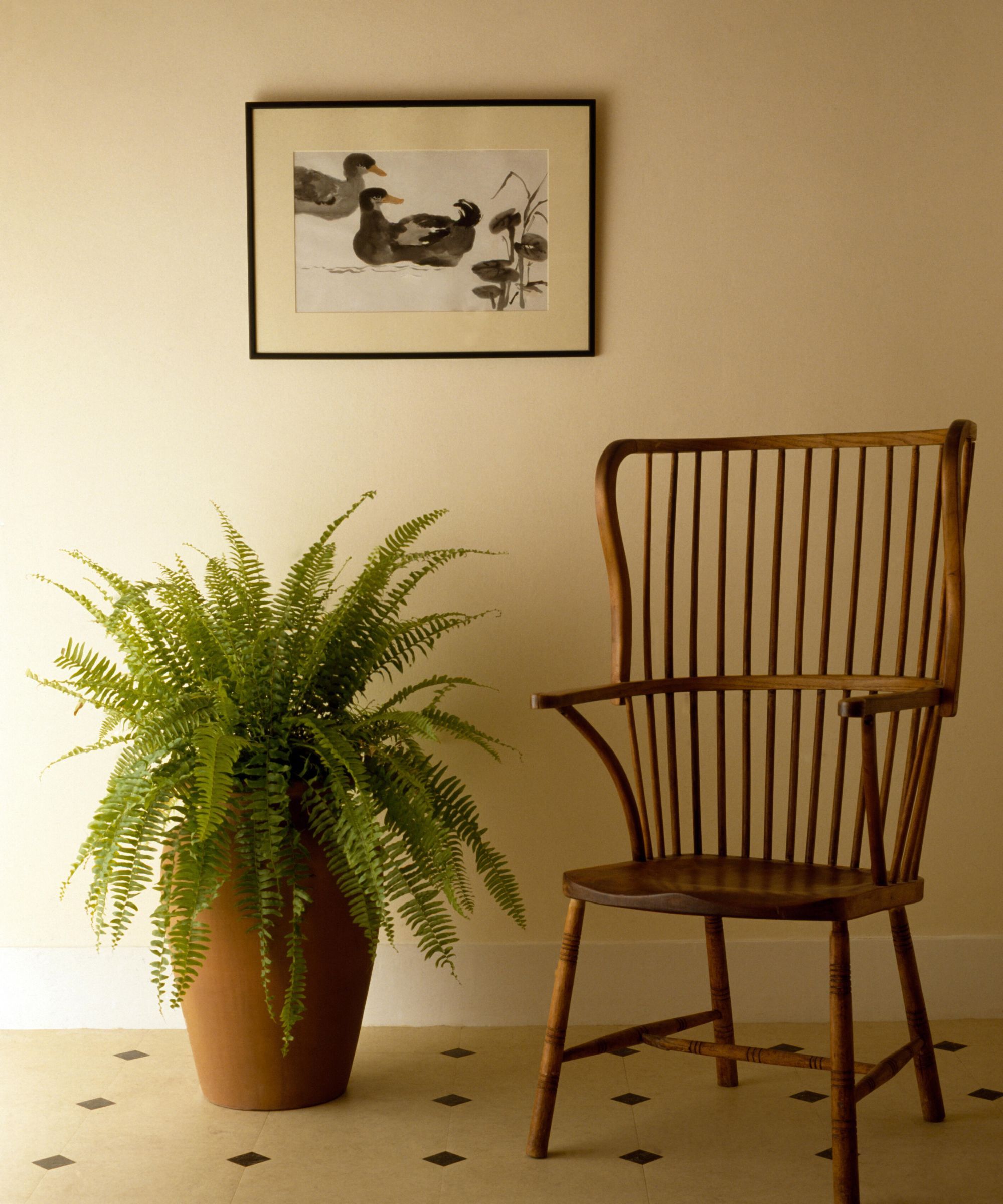
The Boston fern is one of the best bathroom plants as it thrives in high humidities. ‘These native rainforest plants are perfect for low-level light spots in your home that are prone to developing mold,' says Holly Crossley, houseplant expert at Homes & Gardens. ‘They naturally absorb moisture lingering in the air through their leaves to help balance out the humidity levels in your home. Just make sure to allow some indirect sunlight and regularly water it to keep it looking its best and filtering effectively.’
6. English Ivy (Hedera helix)
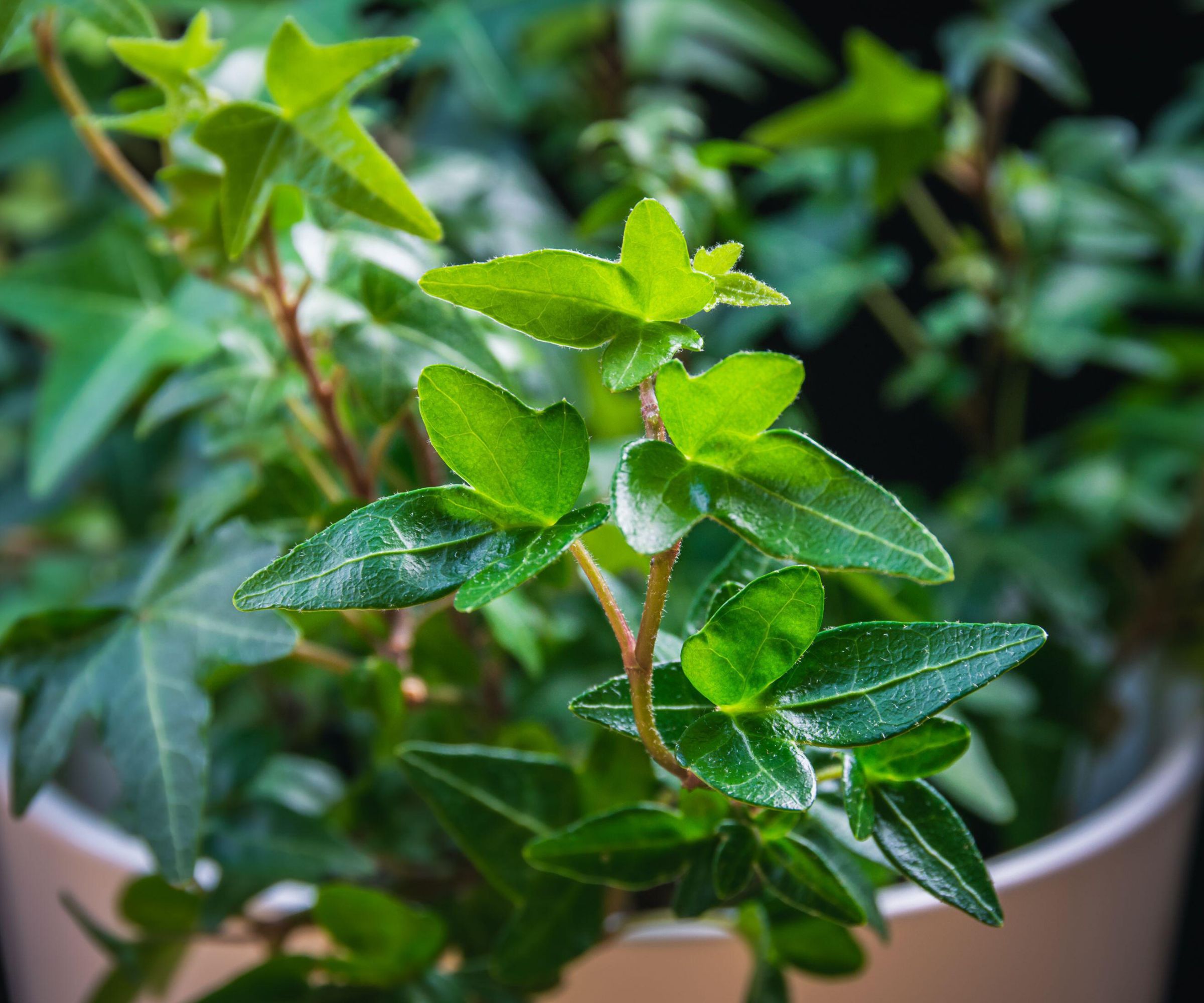
‘English Ivy is also an effective mold remover and is usually available in large sizes,’ Angela begins. ‘It is one of the easiest plants to keep and doesn’t mind a little shade. Keep it damp at all times; otherwise, its leaves will go brown and drop, reducing its effectiveness.’
‘The English Ivy is an ideal plant for the bathroom or kitchen as it thrives in a humid atmosphere, in fact, studies have found that it is effective at removing airborne benzene, trichloroethylene, and formaldehyde as well as mold,’ she explains. Ivy is one of the best trailing plants for hanging baskets, making them beautiful yet practical additions for small bathrooms and small kitchens as they can be suspended to make use of vertical height, rather than take up counter space.
‘If you have pets make sure they can’t reach the plant as its leaves are toxic to animals,’ Angela warns. Don’t overwater your English Ivy as it doesn’t like sitting in sodden compost. It is usually available in a hanging pot, which is handy if floor space is restricted, or trained up a tripod of canes.’
FAQs
Do any plants kill mold?
Many plants, such as English Ivy and Spider plants, filter mold spores out of the air before the settle and begin to grow on your walls and furnishings. However, if mold has started to develop in your home, then there are no plants that can remove it on their own. Instead, treat settled mold with a specialized mold-killing spray before drying the area and then adding humidity-loving plants such as peace lilies, English ivy, and ferns to help reduce humidity in the area and filter mold spores from the air to prevent it from returning.
What plant removes 78% of airborne mold?
English Ivy is one of the most effective houseplants at filtering airborne mold particles, with studies suggesting it filters up to 78% of airborne mold in 12 hours.
Sign up to the Homes & Gardens newsletter
Design expertise in your inbox – from inspiring decorating ideas and beautiful celebrity homes to practical gardening advice and shopping round-ups.

Chiana has been at Homes & Gardens for two years and is our resident 'queen' of non-toxic living. She spends most of her time producing content for the Solved section of the website, helping readers get the most out of their homes through clever decluttering, cleaning, and tidying tips. She was named one of Fixr's top home improvement journalists in 2024.
-
 How to grow astilbe – expert advice on cultivating this shade-tolerant flowering perennial
How to grow astilbe – expert advice on cultivating this shade-tolerant flowering perennialShade-tolerant and pest-resistant - astilbe are hardy and tough perennials that can thrive in many settings
By Ellen Wells Published
-
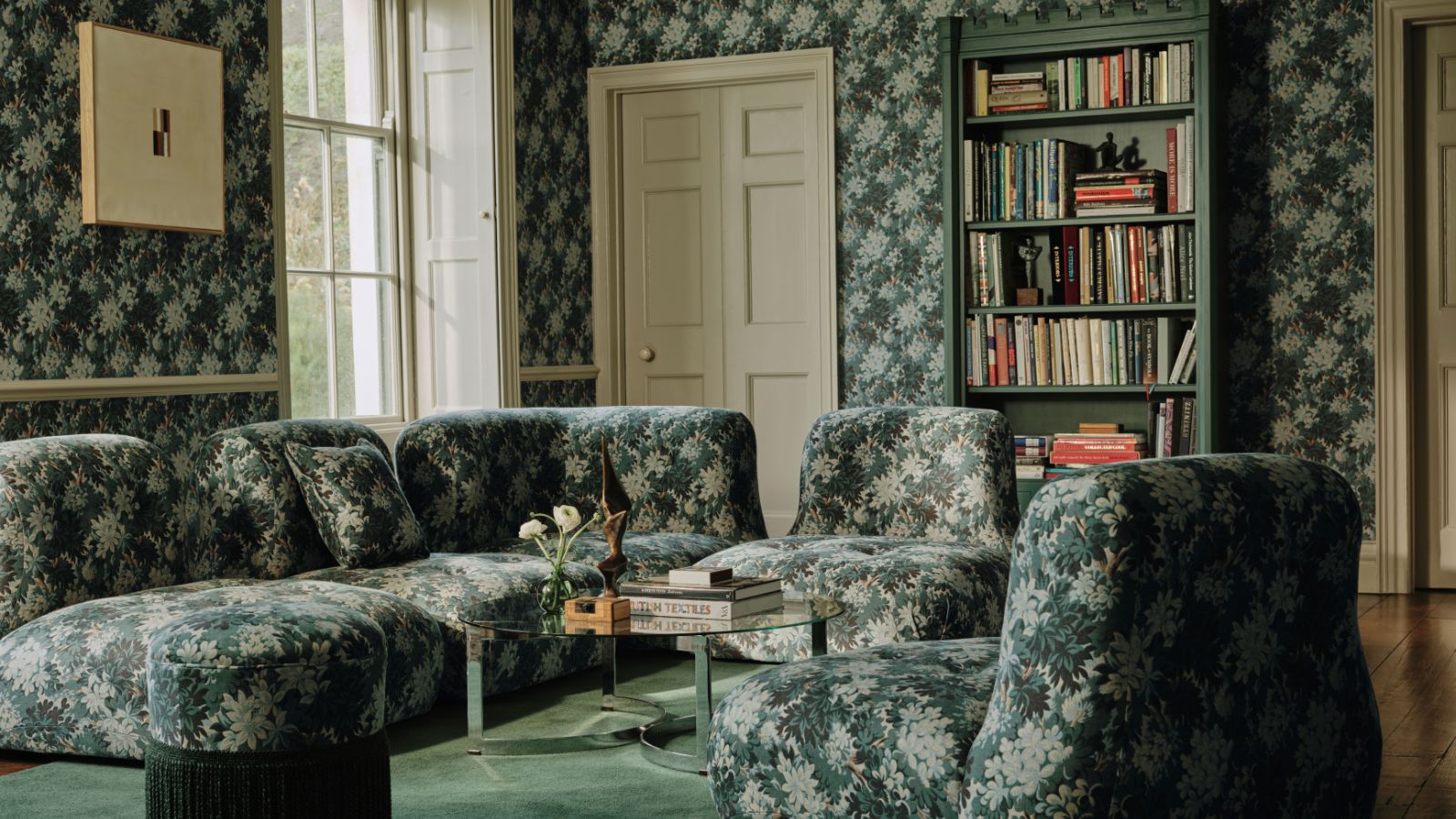 Vintage prints are making a comeback – designers say to look out for these 5 nostalgic patterns this year
Vintage prints are making a comeback – designers say to look out for these 5 nostalgic patterns this yearThese vintage-style patterns are all the rage right now, and we spoke with design experts to learn how best to style them in the home
By Eleanor Richardson Published
